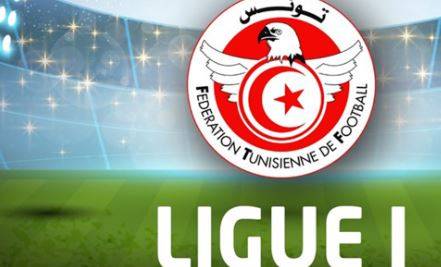Tunisian clubs, which provided the highest number of players from Africa at the Qatar 2022 World Cup, will receive the highest share of the proceeds from the FIFA Club Benefit program.
Represented by Esperance, Club Africain, and Etoile du Sahel at last year’s World Cup, the Tunisian clubs will share $1, 494, 734 from the $4,569,981 that accrued to African clubs with Copa du Mundo players.
Moroccan clubs will get $1, 437, 244, while Egypt, which did not feature at the World Cup, but had Tunisian players participating in the competition, gets $650,000.
Ghanaian clubs will receive $565.772 from FIFA, whereas Cameroonian teams are due $401,515. The breakdown of money by clubs shows that Al Ahly and Zamalek of Egypt will get $420. 679 and $229, 959 respectively, while Cameroun’s Coton Sport, Colon Sportive, and Apejes de Mfou will receive $219,008, $109, 504 and $73,002 in that order.
Generation Foot of Senegal are due $20, 075, Tunisia’s Esperance, Club Africain, Etoile, CS Sfaxien and US Monastir would be paid $525, 620, $312, 087, $262, 810, $197, 107 and $197,107 respectively, just as Ghana’s Hearts of Oak, Asante Koto, Steadfast FC, Dream FC and King Faisal will get $219, 008, $200, 757. $109, 504, $18,250 and $18,250 in that order.
Morocco’s Wydad Casablanca and Raja Club Athletic expect $1, 405,305 and $31,938 respectively, from the world football governing body. A total of 440 clubs from 51 member associations across all confederations will receive over $200 million from the benefits distributed to those whose players featured at the World Cup.
In a statement yesterday, FIFA said the program was part of the collaboration agreement it reached with the European Club Association.
“Following the most successful FIFA World Cup ever, 440 clubs from 51 member associations across all six confederations will benefit from the FIFA Club Benefits Programme (CBP) by receiving a share of the revenue for the release of players to participate in the final tournament in Qatar.
“This confirms FIFA's positive impact on club football. It also confirms the fundamental role clubs play in player development and the release of players to national teams,” FIFA said.
FIFA said it would distribute $209 million following the release of 837 footballers, for a round per player daily amount of $10,950. This is regardless of how many minutes they played during the tournament.
“The total per player is divided and distributed among the clubs with which the player was registered in the two years leading up to the final competition.
“As per standard procedure, FIFA will distribute the amounts via the member associations to which the relevant clubs are affiliated,” it added.
According to FIFA President Gianni Infantino, “The FIFA Club Benefits Programme is a clear example of how the FIFA World Cup has a positive impact on club football across the world.
“Qatar 2022 was not only the career pinnacle for many players, but also the most successful World Cup ever. It will contribute to football development in all corners of the planet. Club football plays a key role within the football ecosystem, and the FIFA Club Benefits Programme provides us with an excellent opportunity to support clubs.” The ECA also recognizes the global impact of FIFA's CBP.
“We are very pleased that 440 clubs worldwide—not just ECA Members and European clubs—will benefit from significant distributions from the Club Benefits Programme as part of the agreement between ECA and FIFA for the release of 837 players participating in the FIFA World Cup Qatar 2022,” said ECA Chairman, Nasser Al-Khelafi.
“The Club Benefits Program is one of the fundamental pillars of the recently renewed Memorandum of Understanding between ECA and FIFA. ECA works tirelessly for the benefit of all clubs, and this is reflected in the increase in the amount to be distributed for the 2026 and 2030 editions of the FIFA World Cup to USD 355 million,” added Mr. Al-Khelafi. Under the upcoming MoU signed earlier this year by FIFA and ECA, $355 million will be distributed to clubs under the program. This is for the 2026 and 2030 editions of the FIFA World Cup.
Source: guardian.ng


